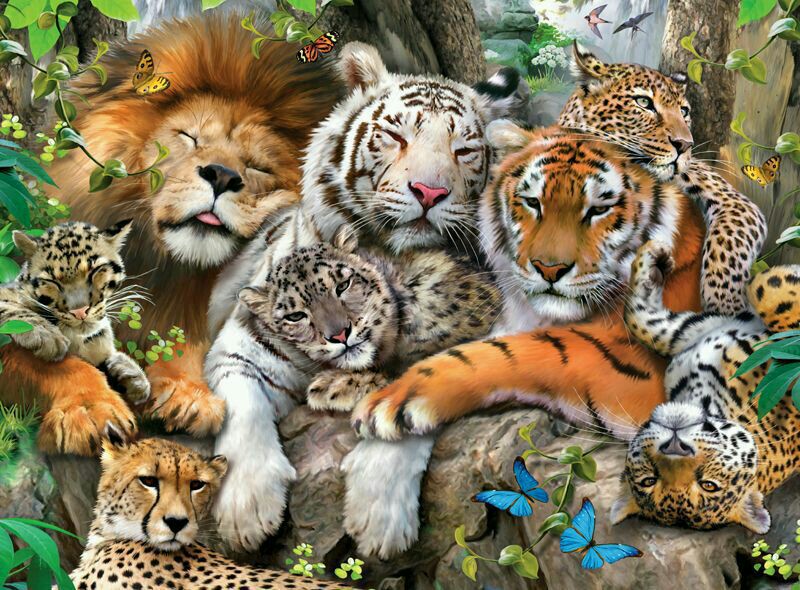World Wildlife Day: Can we save the Big cat family?
As it is World Wildlife Day today (March 3, 2018) let us talk about the species of animal that are in danger of being extinct and some of its fascinating powerful, ferocious facts about the animal that makes it different.
Where are they found?
The big cat is mostly found in around the globe. This includes Africa, Asia, and North, Central, and South America, Europe, Australia, and Antarctica. However, years after years their numbers have gone down drastically and the major reason is the history of killing the big cat for aristocratic sports.
Steep decline
In over hundred years the number of wild tigers has plummeted by more than 95 percent. The decrease is so drastic that the conservatives have been taken by surprise. A century ago, there were 100,000 tigers which dropped to 3,900 today.
Big cat of India
In India, the number of tigers has bounced back from extinction and there has been a rise in population.
The big cat headcount had gone up to nearly 2,500. But, still, the data show that poachers are responsible for about 37 percent of tiger deaths in the country.
There are tiger reserve like Ranthambore (Rajasthan), Sundarbans (West Bengal), Dudhwa (Uttar Pradesh), Kanha (MP), Tadoba Andhari (Maharashtra) and Bandipur.
Lions in danger
In Africa, lions are also slowly declining. There has been a 40 percent decline over the last 20 years.
It was in the year 2015 that Lion hunting drew a lot of attention. When Cecil the lion was shot and eventually killed in Zimbabwe by a dentist from the US.
Following the death of Cecil, several Western governments banned the import of lion hunting trophies, including the US.
Interesting facts about the Big cat

- It is mostly seen that the leopards drags its prey on to trees and enjoy it feast secretly.
- It is a misconception that all big cats can roar, well the fact is that not many big cats can roar. It is only the lions, jaguars, tiger and leopards who can roar.
- Cheetahs need to have a drink every three or four days.
- In India a male tiger adopted a litter of orphaned cubs, taking on the role of ‘mother’. Most of the wildlife officials said that such behavior had never been seen before.
- In 2005, when an Ethiopian girl was kidnapped and beaten by 7 men, she saved by a pride of lions, who chased her attackers off. The lions then stayed and defended her until help arrived.
- The “Panther” isn’t a real animal. It is actually a term given to describe black cougars, jaguars, and leopards.
- Cheetahs can only run for ~30 seconds before their brain overheats and shuts down.
- Hot springs harbour microbial diversity
- Five ways India must help its farmers face the threat of climate change
- Tesla’s ‘virtual power plant’ might be second-best to real people power
- Assam's Annapurna Seed Library creating a 'safe haven' for indigenous varieties of rice
- Kashmir's snow-less winter: Why this bodes ill for the Valley

